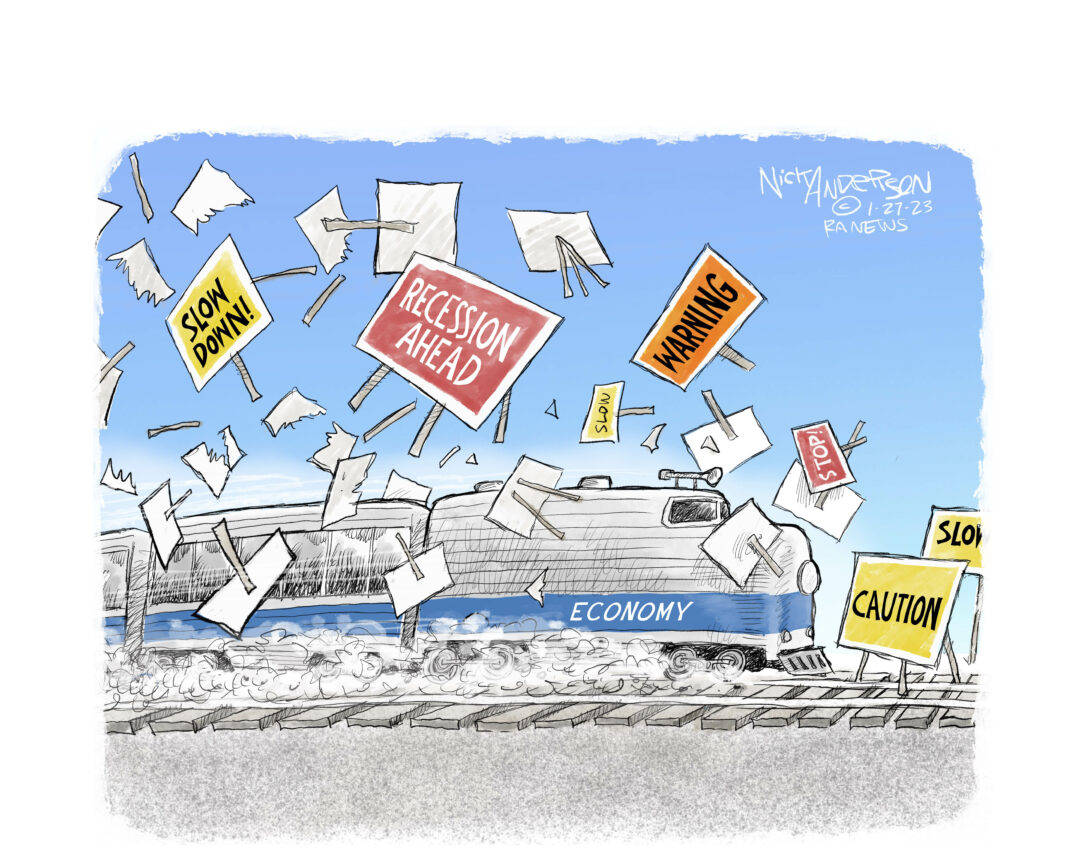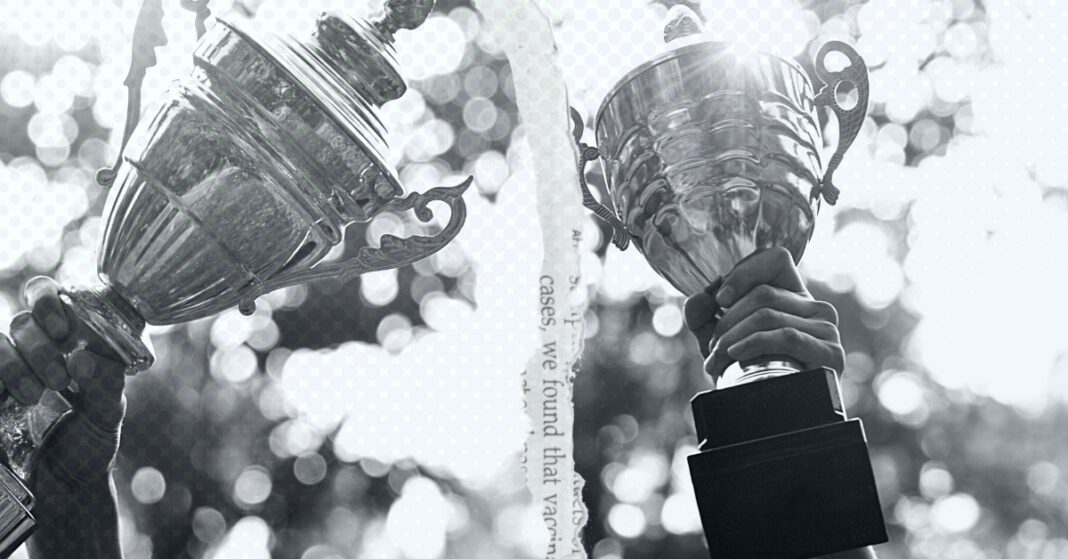Have you ever noticed that your attention span is shorter than it used to be? I would be surprised if you even make it through this article.
Dr. Gloria Mark, a psychologist who has studied people’s interaction with computers for more than two decades, has identified 47 seconds as the average 21st-century attention span on a screen.
In her new book, Attention Span: A Groundbreaking Way to Restore Balance, Happiness, and Productivity, she offers actionable, science-based strategies for reclaiming focus, as reported by Mashable.
She suggests that people should run away from Silicon Valley’s obsession with “productivity,” which includes working on weekends or pulling all-nighters.
“We need to reframe our goals in using technology in work to really put well-being first and foremost, as opposed to productivity being at the top,” Mark told Mashable.
Here are three of her go-to strategies for maintaining attention span:
- Imagine your future self
When getting sucked into the rabbit hole of social media, Mark suggests you imagine how your future self will feel if the work project with an important deadline is delayed and super important: be detailed.
For example, if you continue to aimlessly scroll through Tik Tok, think of how meeting that deadline might include working late into the night or missing your yoga class. If the consequence feels real, you might start closing the Tik Tok app after a few minutes, instead of after a few hours.
- Create “negative space” in your day
Mark points out that research shows that people who don’t take sufficient breaks run low on cognitive resources, or mental energy, then start to drift from their goals.
This is why she suggests you create a negative space to “replenish your attentional resources.” For example, use those periods to walk in nature, practice mindfulness, read, or garden.
- Learn your “rhythm of attention.”
According to Attention Span people are as likely to interrupt themselves during a task as they are to experience an external distraction.
Mark says that people can learn their own “rhythm of attention” to better understand their peaks and valleys when it comes to focusing and determining their optimal state.
This state is when the brain is capable of tackling the hardest, most creative work.








